So you’ve bought yourself a gorgeous new baby carrier and it has arrived in your hot little hands. But now what!?
Welcoming a new addition to the family is an exciting and joyous occasion. As you prepare to embark on the adventure of parenthood, one essential item you'll likely invest in is a baby carrier (or perhaps, a few baby carriers!). These versatile accessories have not only made life more convenient for parents for hundreds of generations but also provide a cozy and secure space for your little one. To ensure a smooth and comfortable experience for both you and your baby, here's a guide on getting your new baby carrier ready for use.
1. Selecting the Right Carrier:
Before diving into the preparation process, it's crucial to choose the right baby carrier for your needs. There are various types of carriers available, including stretchy wraps, woven wraps, ring slings, meh dais, half buckle and full buckle carriers. Consider factors such as your baby's age, your lifestyle, any injuries or health conditions and your comfort preferences when making this decision.
2. Familiarise Yourself with the Carrier:
Once you've selected the perfect carrier, take some time to familiarise yourself with its features. Read the instruction manual thoroughly, paying close attention to safety guidelines and proper usage. Each carrier has unique adjustments and functions, so understanding how to use them correctly is essential for your baby's safety and your comfort.
Did you know? There are lots of videos and reels on the Cloth and Carry Instagram and Facebook pages to help you get started.
3. Washing Your New Carrier:
Before your baby's first ride in the carrier, it's advisable to wash it according to the manufacturer's instructions. This not only ensures a clean and hygienic environment for your baby but also removes any potential irritants that may be present from manufacturing or storage.
Seriously, most of us ignore the “Wash Before Use” instructions on our new garments, but this is important! Not only does it clean the manufacturing and shipping dust out of the carrier, but it helps to fluff the fibres up and makes the carrier more comfortable and easier to use.
The instruction manual for your new carrier should include washing instructions specific to the individual wrap fibres and other parts of the carrier (aluminium rings, buckles, webbing, etc).
As a general rule, a cotton, linen or bamboo baby carrier, woven wrap or ring sling should be washed in cool to warm water, with a gentle machine wash or hand wash (check the manual!), with a small dose of a gentle detergent that contains no optical brighteners.
Placing your carrier inside a zip-up lingerie bag or pillowcase will help to protect both the carrier and the washing machine. Many of the baby carriers purchased from Cloth and Carry even come with their own storage bag which can also be used for protecting it in the wash!
Once washed, lay the damp carrier on a clothes airer or clothesline in the shade or inside - sunlight will fade the fabric and may weaken any plastic components including buckles and toggles. For wraps and ring slings, steam ironing will help to soften the wrap faster and make it easier to use. Ironing can be done whilst it is still wet (no need to add steam and added bonus - it will dry faster!).

4. Breaking It In:
Whilst your carrier will be ready to use once washed and dried, some woven fabrics benefit from extra breaking in (a fancy babywearing term meaning "softening up") to relax the fibres and make the fabric soft and pliable.
Some common ways to break in a carrier are:
- use it - pop your baby in and practice practice practice!
- sitting on it whilst driving or sitting on the couch,
- braiding, knotting and wringing the wrap,
- making a hammock under the dining table and allowing your child to sit in/on it,
- warm it up - go for a walk whilst babywearing or leave it in a warm car for a few hours,
- and for ring slings, running the fabric back and forth through the metal rings.
5. Adjust Straps and Buckles:
Proper adjustments are key to a comfortable and secure babywearing experience. Start by adjusting the straps to fit your body snugly. Most structured carriers have multiple points of adjustment, so take the time to experiment and find the settings that work best for you. Check that all buckles and snaps are securely fastened, providing optimal support for your baby. If you aren't sure reach out and we will help!
6. Practice Using the Carrier:
Before you place your baby in the carrier, practice wearing it without your little one. This helps you become familiar with the process and ensures that you can easily and confidently put it on and take it off. Watch a few videos on our socials so you are confident with the process of fitting the carrier to yourself and your baby. You can use a doll or teddy if you like, or even a heatpack can help to simulate some weight in the back panel! Make any necessary adjustments during this trial run to guarantee a proper fit.
7. Gradual Introduction for Your Baby:
Babies may need some time to adjust to being in a carrier. To make the experience pleasant for your little one, start with short sessions and gradually increase the time spent in the carrier. This allows both you and your baby to become accustomed to the new way of bonding. Send us photos for a fit check so we can help you ensure baby is safe and comfortable.
8. SAFETY CHECK:
Once your baby is in the carrier, ensure they are in a safe and ergonomic position. The carrier should be firmly fitted and you should be able to kiss the top of baby's head. Their knees should be higher than their bottom, forming an "M" shape, and their face should be visible and unobstructed. Regularly check and adjust their position to keep them comfortable and secure.
In conclusion, preparing your new baby carrier for use involves a combination of selecting the right carrier, understanding its features, cleaning it properly, and practicing usage. Taking the time to go through these steps ensures a safe, comfortable, and enjoyable babywearing experience for both you and your little one. As you embark on this journey of parenthood, may your baby carrier be a trusted companion in creating lasting memories with your bundle of joy.
And if you need any help along the way - you know where to find us!











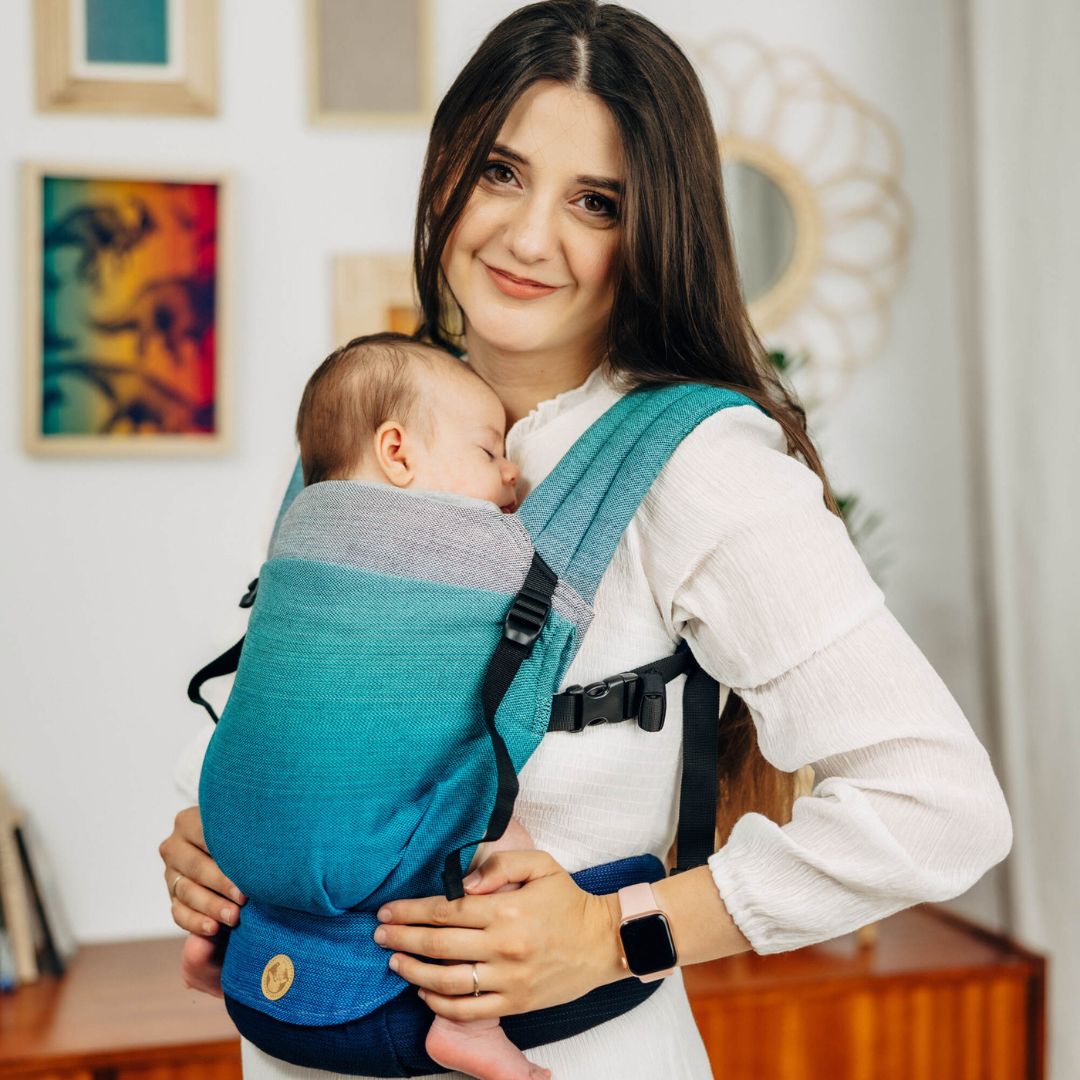
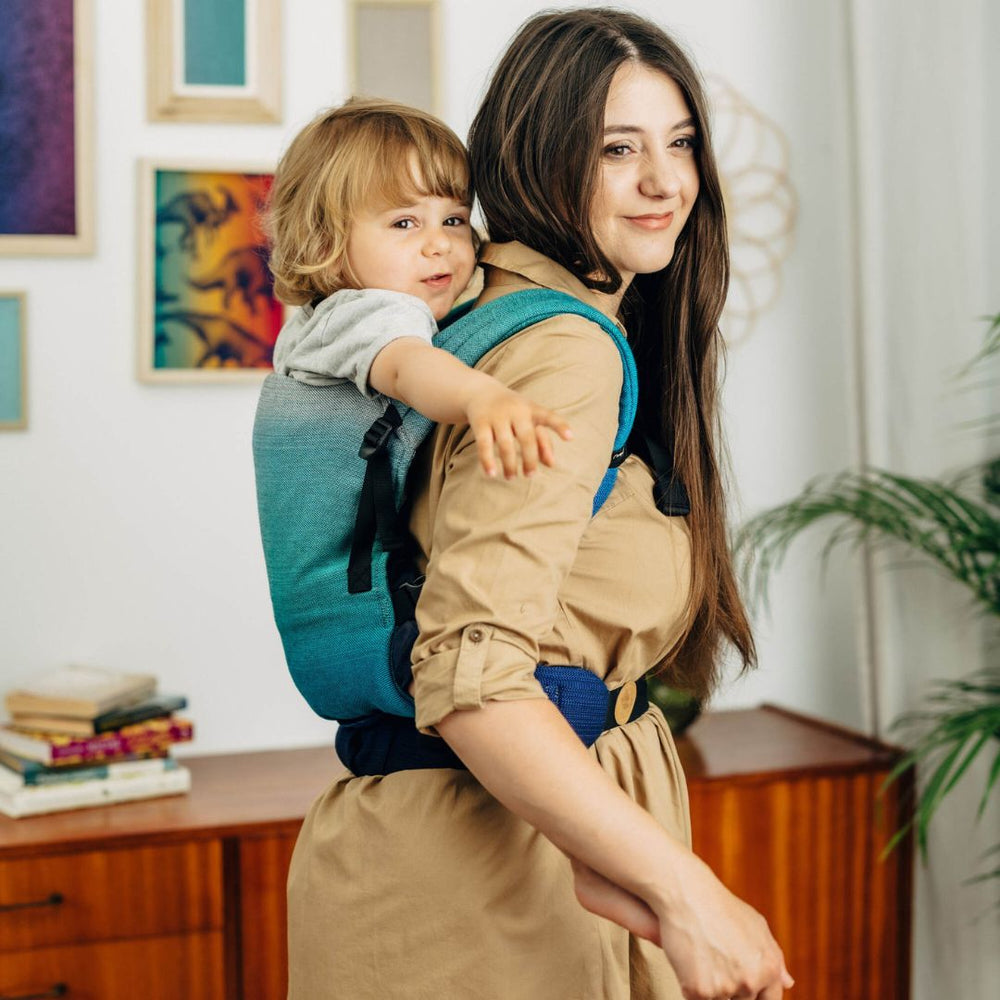
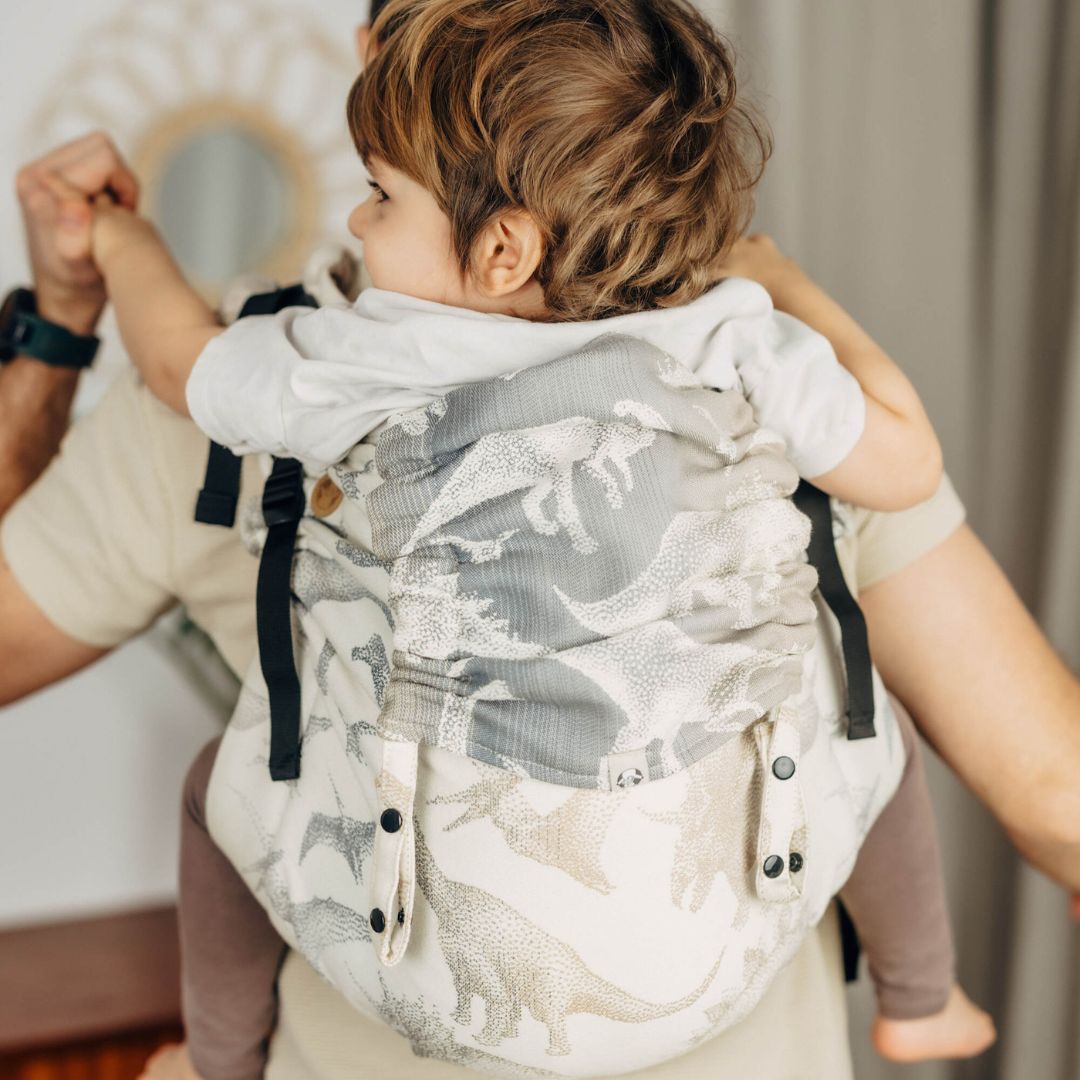
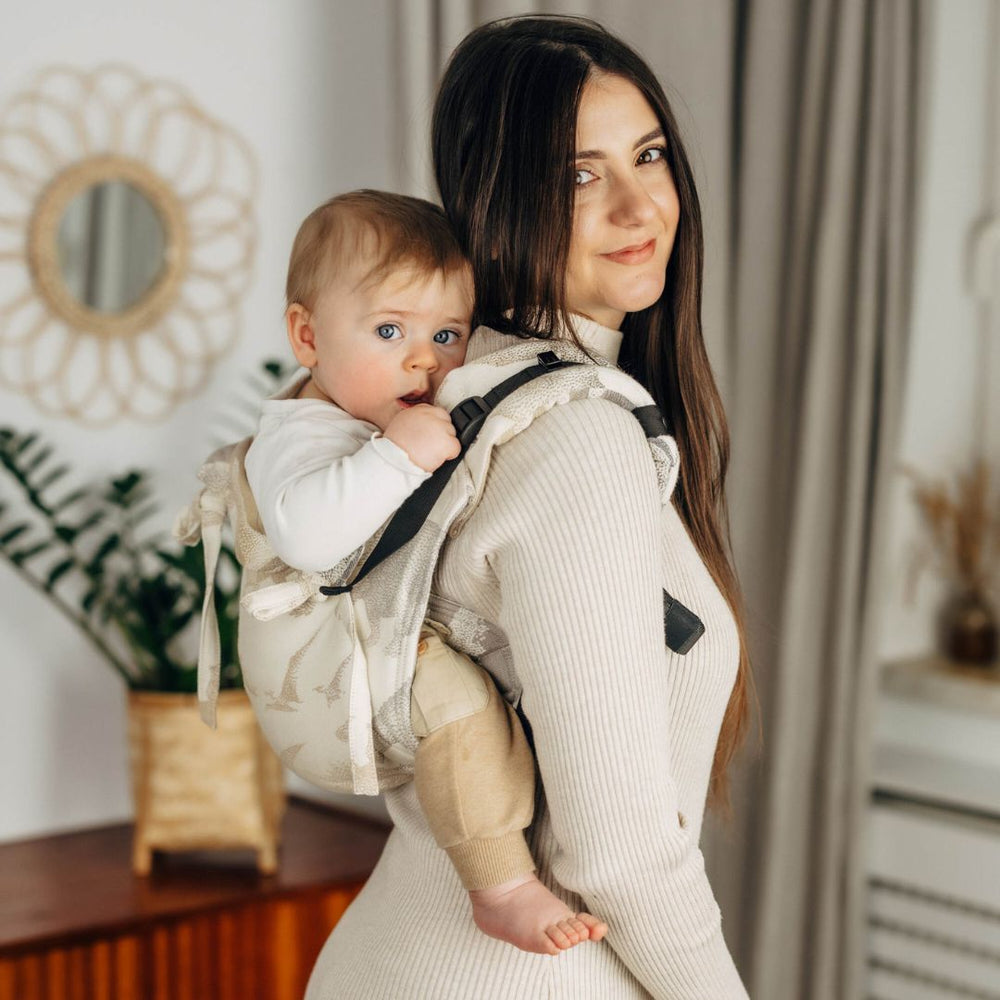
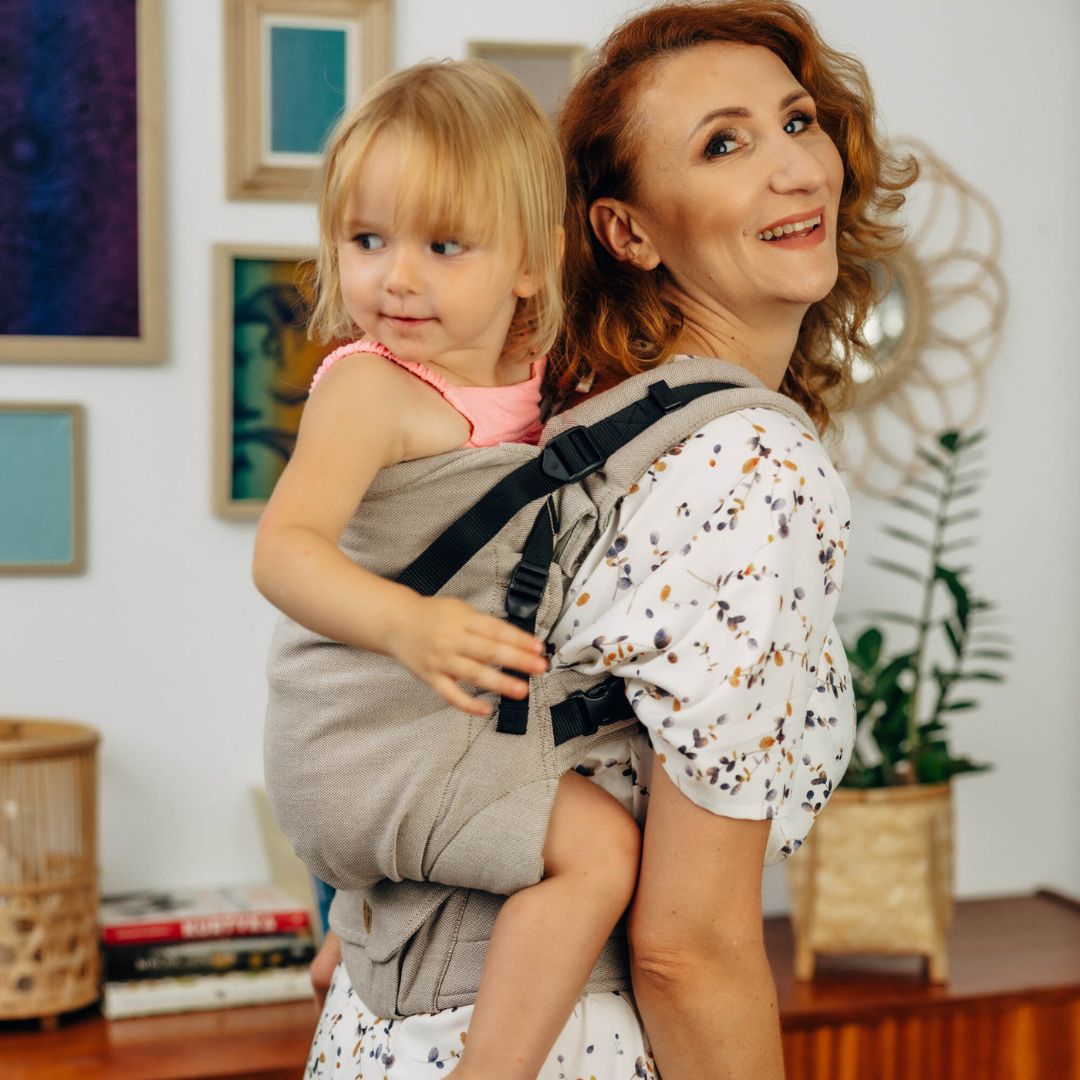
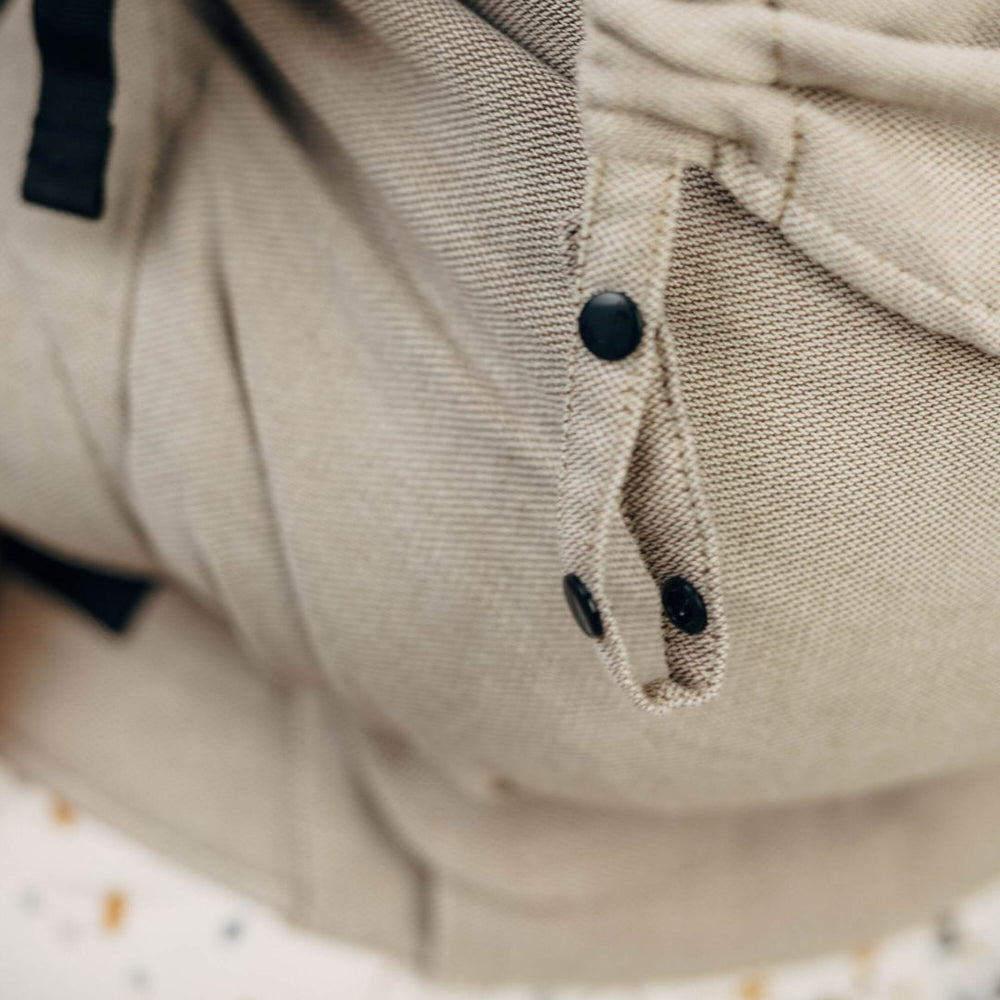
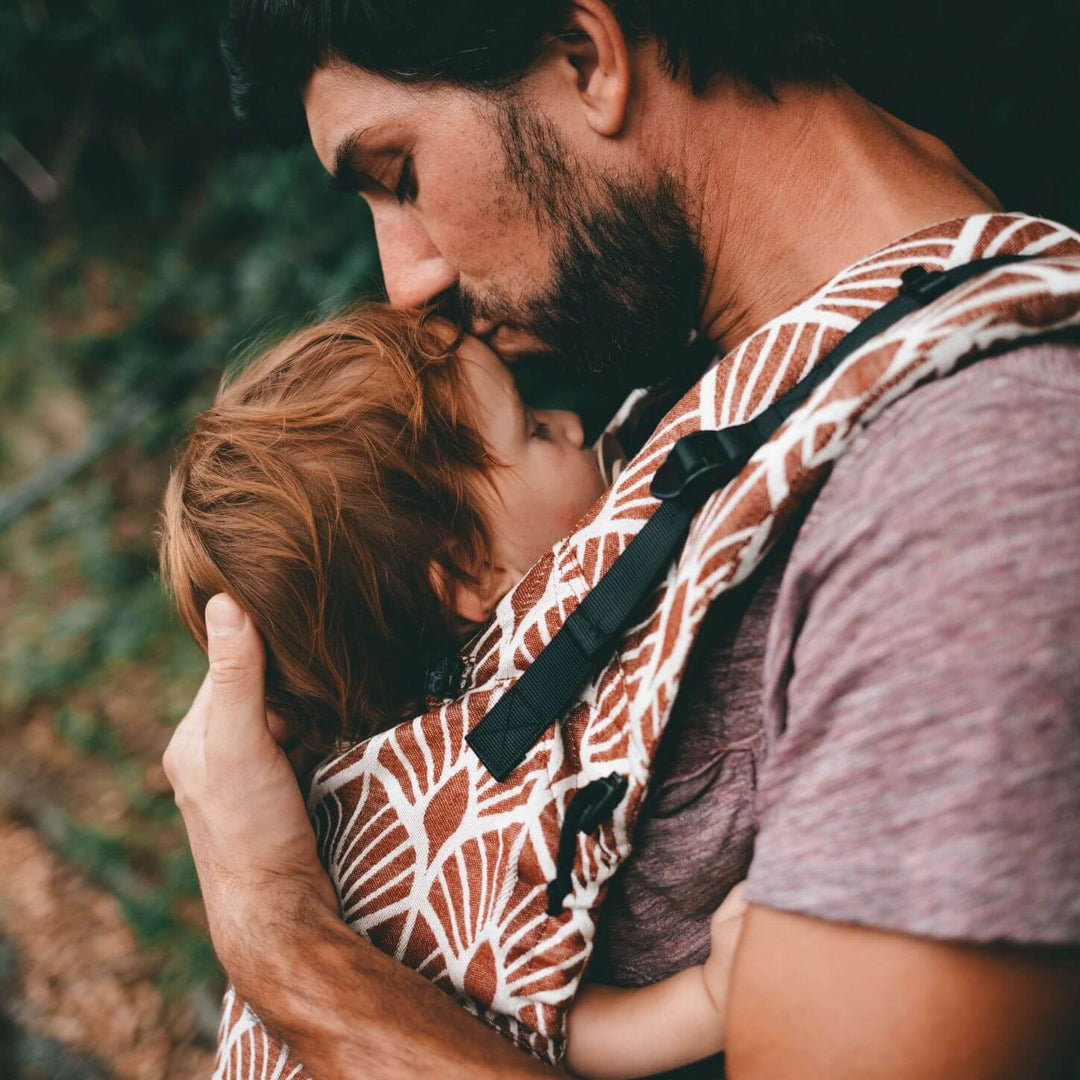
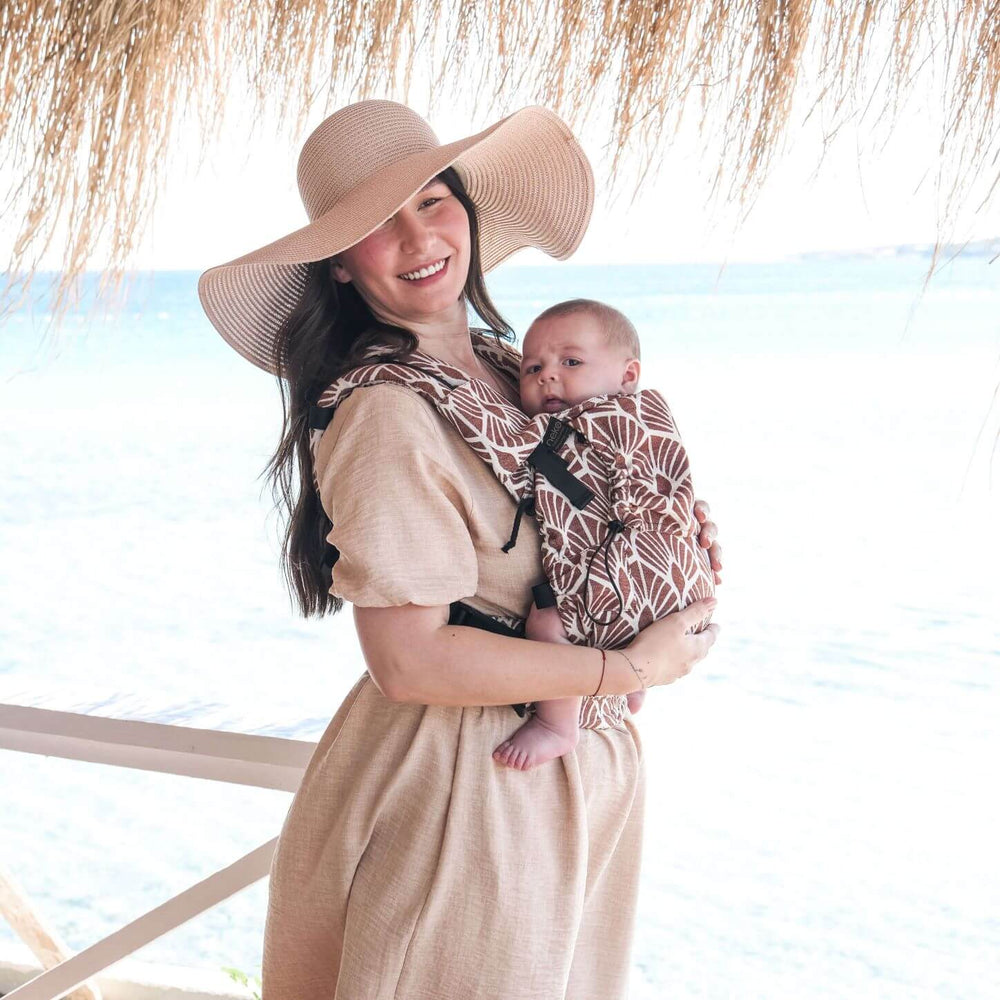

Leave a comment